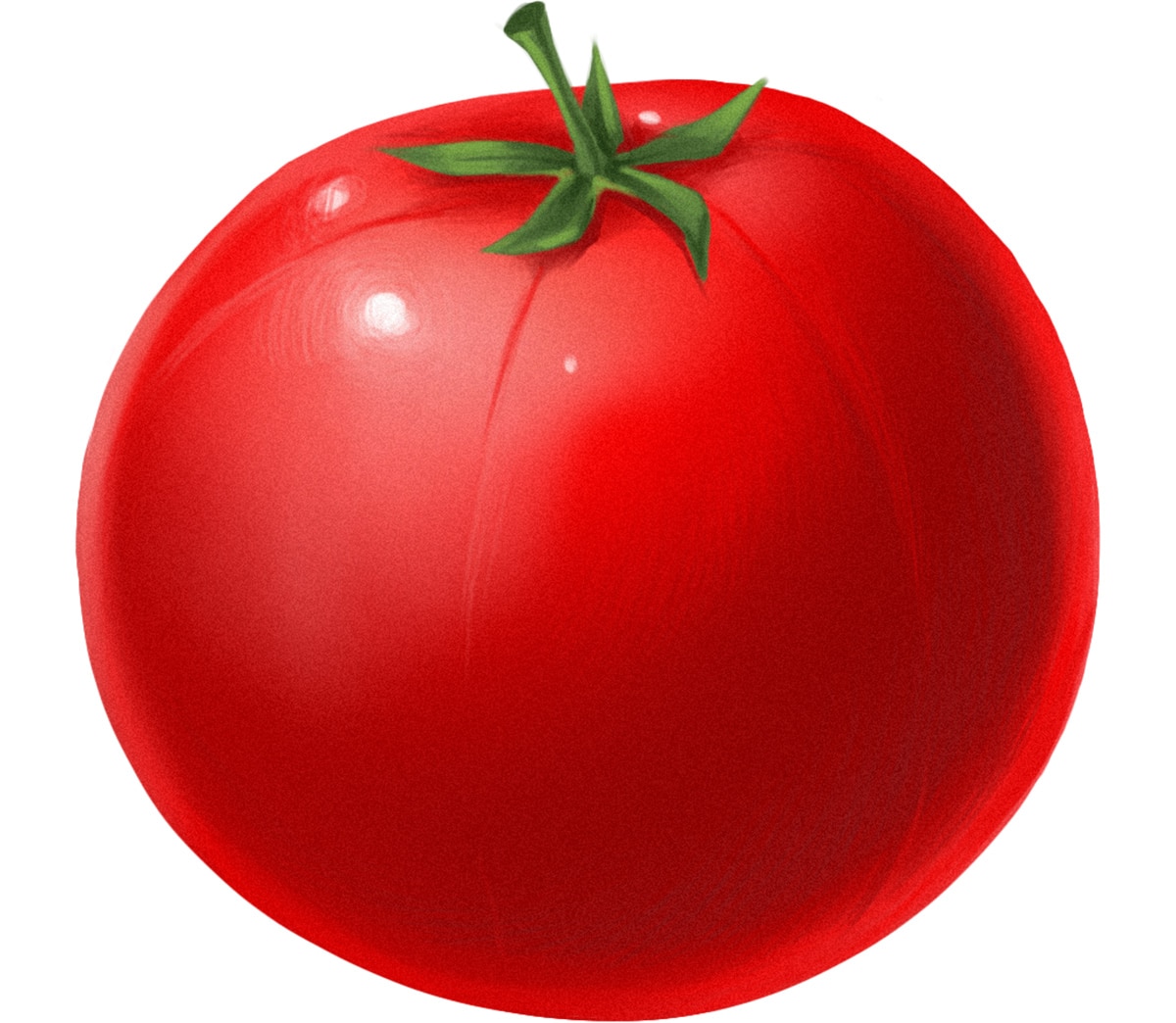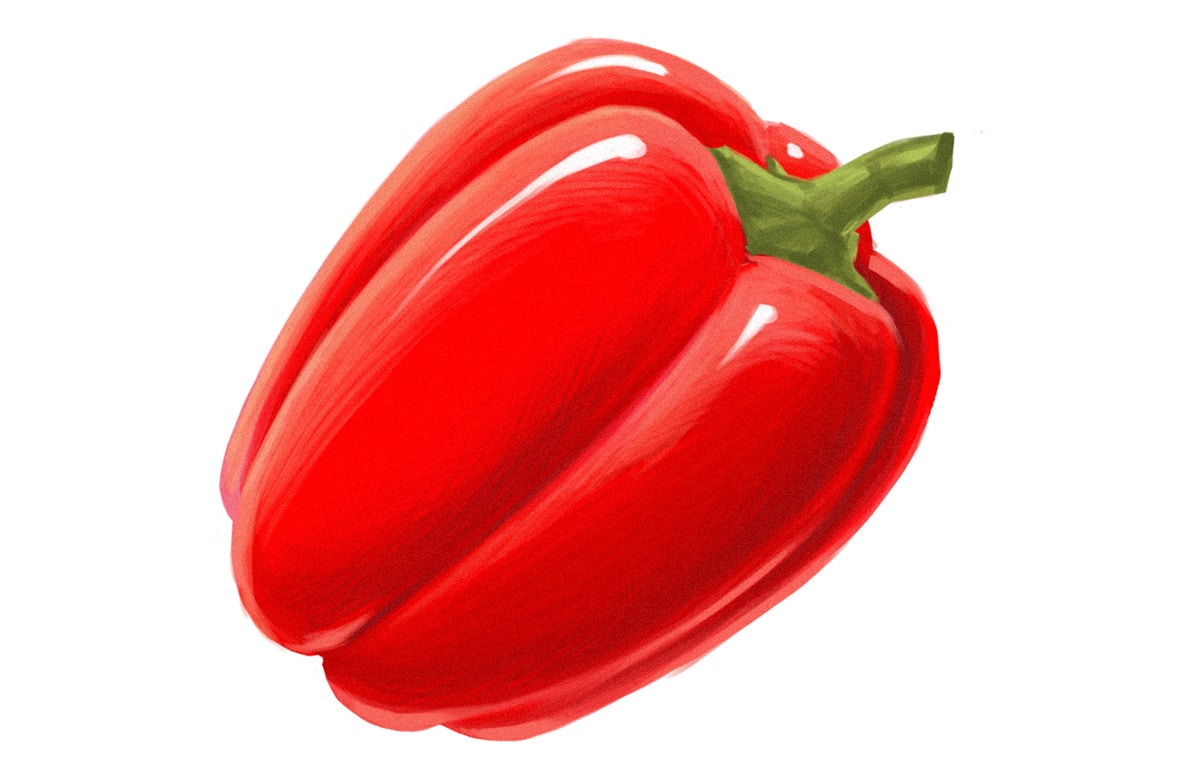Quick, what do potatoes, paprika, and eggplant all have in common? If you said “delicious,” you aren’t far off, but there’s a more important similarity as well: these three plants (as well as tomatoes and all varieties of peppers) belong to the nightshade family. While the vast majority of people have no problems with nightshades, they can cause serious problems for anyone struggling with an autoimmune disease, as well as some people who simply have a digestive sensitivity to them.
What Are Nightshades?
Members of the family Solanaceae, common nightshades include white (but not sweet) potatoes, eggplant, tomatoes, and peppers, both the eye-watering chilies and the sweeter bell peppers. The list of edible nightshade plants also includes any spices made from peppers, like paprika, red pepper flakes, and cayenne pepper (although black pepper is a different plant).
The list of edible nightshades is fairly short, but the list of poisonous ones is quite extensive. Most nightshades are toxic to humans, with the best-known being belladonna, or “deadly nightshade,” traditionally valued for its use as a poison (in the play Macbeth, for example, belladonna poisoning features as a plot point).
The association with such toxic family members makes some people very concerned about all nightshades – they worry that if deadly nightshade is such a terrifying poison, then even the apparently harmless tomato must be up to no good. Farmers and gardeners in some traditional cultures seemed to agree: they were dubious about the food value of these plants, and mostly grew them as ornaments in the belief that they were unhealthy to eat.
Guilt by association and the accumulated wisdom of traditional gardeners makes for a plausible theory, but fortunately there’s just no evidence that nightshades are dangerous in any way for most healthy people. On the other hand, they might be a bad idea for people whose guts and immune systems are already compromised, especially anyone with an autoimmune disease.
Nightshades and Autoimmunity: Vitamin D
The best evidence for the health risks of nightshades is connected with arthritis and joint pain, especially the autoimmune disease of rheumatoid arthritis. But even the “best evidence” isn’t that great: it’s mostly based on personal reports and the experience of nutritionists and integrative health specialists. One doctor conducted several surveys, and found that eliminating nightshades was extremely helpful, but that kind of survey has many limitations: there was no control group, and that just asking people “what did you eat?” is an unreliable way of gathering evidence.
Even bearing in mind the relative lack of solid evidence in humans, though, it’s still an interesting theory, especially when you look into the proposed causes for this effect: why are nightshades so often blamed for pain, inflammation, and autoimmunity issues?
One theory has to do with Vitamin D. There’s a lot of evidence from animals indicating that nightshade vegetables cause all kinds of joint and bone problems, mostly because of the way the animals’ bodies process the form of Vitamin D in the nightshades. Vitamin D is crucial for proper bone formation, but the extremely potent form of Vitamin D3 in nightshade vegetables actually prevents proper calcium metabolism, causing the body to deposit calcium in the soft tissue (where you don’t want it) instead of in the bones (where you do).
In animals, this causes very painful arthritis and joint inflammation. On the other hand, though, humans don’t metabolize Vitamin D in the same way as cows and horses. Animal studies just aren’t always relevant to human beings: avocados, for example, are toxic to dogs, but perfectly healthy for people. So the animal evidence is interesting, but doesn’t necessarily prove that humans will suffer in the same way.
Nightshades and Autoimmunity: Alkaloids and Lectins
Other research doesn’t blame the Vitamin D, but attributes the autoimmune dangers of nightshades to various other factors, usually a group of chemical compounds called alkaloids. Alkaloids include solanine (in potatoes, especially green potatoes), nicotine (in very small amounts: nightshade plants are not addictive like cigarettes!), and capsaicin (the chemical that gives peppers their heat).

While the plant is alive, these compounds work as its home-grown “bug spray,” defending it from pests and molds that would otherwise kill it. In other words, they’re designed to be toxic. In the poisonous members of the nightshade family, these chemicals are so concentrated that they have deadly effects on humans, but in the edible nightshades, they’re present in much smaller amounts, and mostly in the leaves and stems (which we don’t eat anyway).
Since humans are so much bigger than bugs and mold, and since we’re not eating the most alkaloid-rich parts of the plant, most of us notice absolutely no effect from eating tiny amounts of this natural “bug spray.” It’s like trying to taste a single grain of sand in an enormous bowl of soup. In theory it’s a bad idea to eat sand, but such a tiny amount makes absolutely no measurable difference to your health.
Healthy guts can deal with these chemicals just fine, but people whose digestive system is already compromised by an autoimmune disease have trouble with them. For example, some kinds of alkaloids increase the power of the immune response – exactly what you don’t want when you’re dealing with an autoimmune disorder.
Another danger of alkaloids is gut irritation: their job in the plant is to kill things, and when they start killing things in your intestine as well, the cells lining the intestinal tract are their first victims. This irritation of the gut contributes to intestinal permeability (“leaky gut”), which can set off an autoimmune reaction when various proteins that should stay inside the digestive tract instead make their way out into the bloodstream, and the body attacks them in response.
On top of the alkaloids, there’s also the lectin issue. All foods contain lectins; many of those lectins are completely harmless, but others are gut irritants – the hard part is figuring out which is which. We know that the lectins in peanuts, for example, are dangerous. The lectins in nightshades may also be gut irritants in sensitive individuals, setting off the same leaky gut response as the alkaloids.
What’s the evidence for this actually happening? It’s fairly scanty, but suggestive. In this study, for example the researchers fed potato skins (the skin is where most of the alkaloids lurk) to mice with inflammatory bowel disease, and found that gut inflammation was significantly increased. The higher the alkaloid content of the potatoes, the worse the inflammation.
Toxicity vs. Beneficial Stress
It really can’t be emphasized enough that all these dangers are only relevant to people who are nightshade-sensitive. If you aren’t sensitive to them, there’s absolutely no reason to rush out and eliminate all these foods from your diet “just in case.”

In fact, the same chemical compounds that cause so many problems in nightshade-sensitive people can bring benefits to people with healthy digestive systems. Capsaicin, for example, might be more familiar to most of us as an anti-inflammatory, one of the big health benefits of eating hot peppers. That’s because it really does work that way in healthy people. The minor irritation of the capsaicin triggers such a strong anti-inflammatory response that the overall result is anti-inflammatory and beneficial (if this sounds familiar, it’s the exact same way that antioxidants work).
Alkaloids have even been studied as therapies for various diseases, precisely because of these benefits. The deadly nightshade, for example, has been used in folk remedies since we realized how strong it was, and it’s now the source of the antispasmodic drug atropine. The powerful poison can also be turned into an equally powerful remedy, if it’s prepared correctly.
To sum it up, it’s only for people with gut problems – autoimmune diseases, leaky gut, and related issues – that the minor irritation of alkaloids from edible nightshades is too much to handle. For healthy people, the hormetic stress of alkaloids is neutral at best, and may even be a benefit.
Conclusion
Should you avoid nightshades? If you’re trying to heal from an autoimmune disease (especially rheumatoid arthritis or anything else that causes joint pain and inflammation), a 30-day nightshade elimination is definitely worth a shot. After all, it can’t really hurt, and you might be surprised at the benefits. You can find details about the Paleo autoimmune protocol (which restricts nightshades, as well as a few other types of foods) here.
Total elimination is one option, but for people who are only slightly sensitive, it might be enough just to reduce the nightshade content of their diet, or to reduce the levels of the various problematic chemicals by properly preparing nightshades. This includes:
- Peeling all potatoes (as the alkaloids are mostly found in the skin)
- Avoiding green tomatoes and green and/or sprouting potatoes (unripe nightshades are higher in alkaloids)
- Cooking nightshade vegetables whenever you eat them (this reduces alkaloid content further).
People without an autoimmune disease or chronic pain issues probably won’t see much benefit from eliminating nightshades. There’s not much harm in experimenting, but there’s no reason to make an already strict Paleo diet even stricter if you don’t have to. Most of us can enjoy tomato sauce, eggplant, and hot peppers just fine, and even see some benefits from those same chemicals.





Leave a Reply